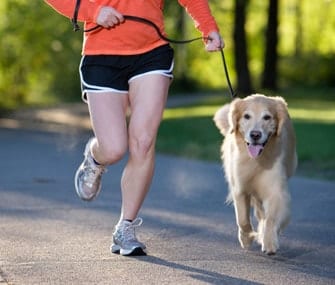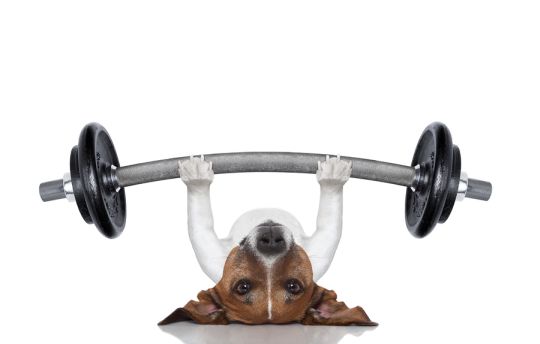Learn how to training your dog to be left alone in the house today with this article.
All owners find it occasionally necessary to leave their puppy dog at home alone. So before leaving your puppy for long periods, you should teach him how to amuse himself appropriately when left alone, such as by chewing stuffed chew toys, and learning how to enjoy his own company without becoming anxious or stressed.
A dog is a highly social animal and therefore requires adequate preparation for spending some of his time in social isolation and solitary confinement.
To teach your puppy how to settle down calmly and quietly when you are absent, start by teaching him to settle down with a chew toy at times when you are present.
A dog is not like a television or a video game. You can’t just pull the plug or temporarily remove the batteries from a rambunctious puppy.
Instead, you must teach him to settle down and shush. Right from the outset, make frequent quiet moments part of the puppy’s daily routine. Following the confinement schedule (described in the previous chapter) will help your puppy train himself to settle down.
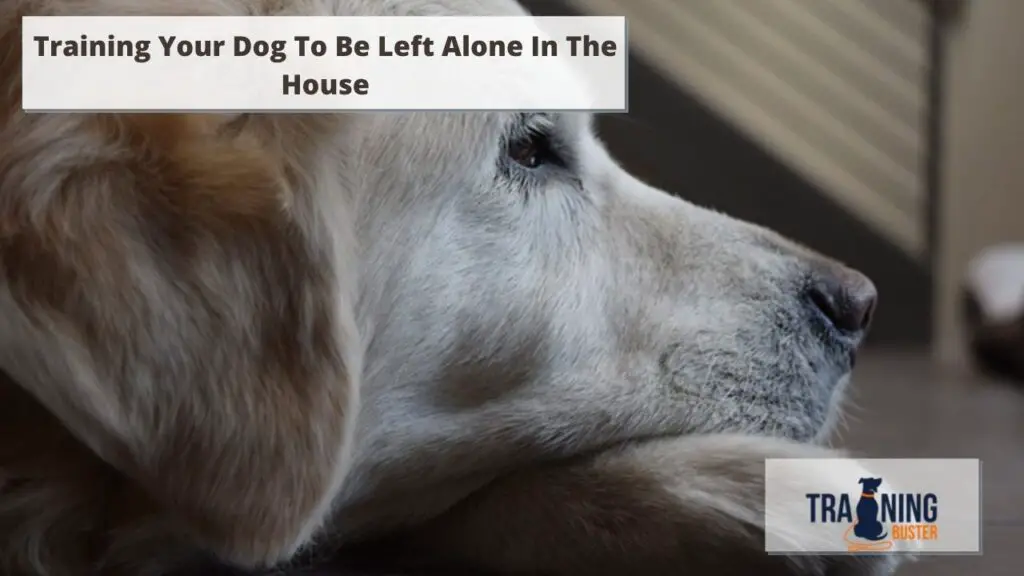
Additionally, encourage your puppy to settle down beside you for longer and longer periods. For example, when you’re watching television have your pup lie down on a leash or in his crate, but release him for short play-training breaks during the commercials. For a young puppy, you can’t have too many rules.
When playing with your pup, have him settle down for frequent short interludes every one or two minutes. Initially have the pup lie still for a few seconds before letting him play again.
After a minute, interrupt the play session once more with a three-second settle-down. Then try for four seconds, then five, eight, ten, and so on.
Although being yo-yoed between the commands “Settle down” and “Let’s play” is difficult at first, the puppy soon learns to settle down quickly and happily.
Your puppy will learn that being asked to settle down is not the end of the world, nor is it necessarily the end of the play session, but instead that “Settle down” signals a short timeout and reward break before he is allowed to resume playing. If you teach your puppy to be calm and controlled when told, you will have years of fun and excitement ahead.
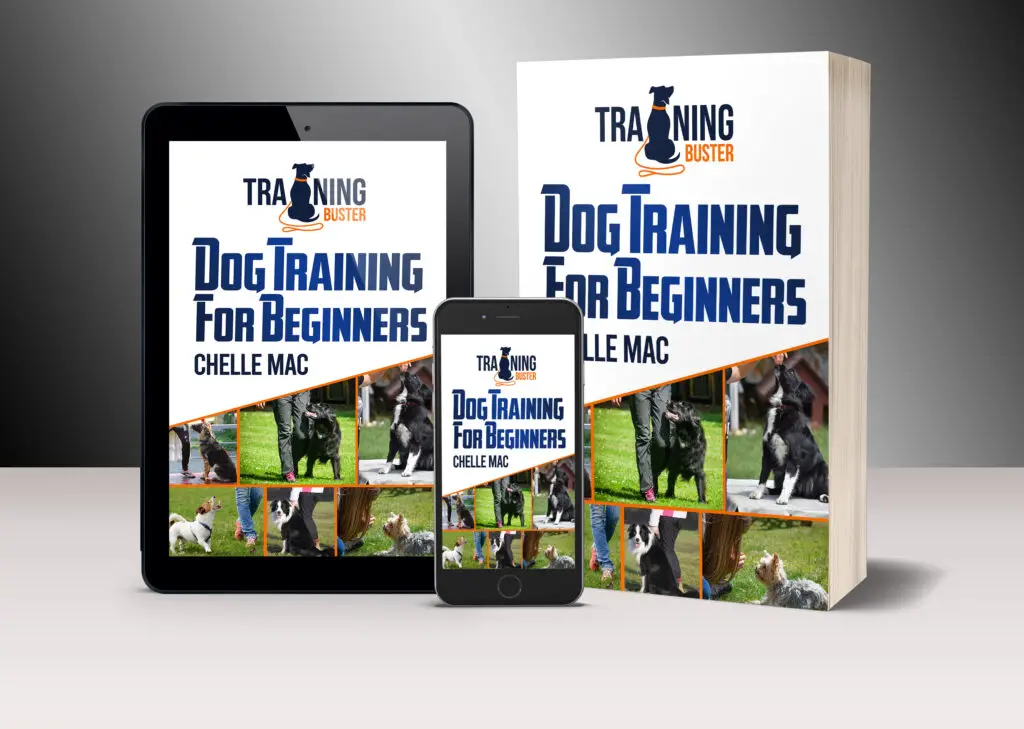
Once your puppy has learned to settle down and shush on cue, there is so much more your dog can enjoy with you.
Your well-trained dog is likely to be invited for many walks, trips in the car, picnics, visits to the pub, or to Grandma’s, and even on incredible journeys to stay in ritzy dog-friendly hotels. On the other hand, if you let your dog play indiscriminately as a puppy, he will no doubt want to play indiscriminately as an adult.
Your dog will be hyperactive and uncontrollable because you have taught him to act that way.
If your pup has not been taught to settle down by the time he reaches adolescence, he will be unfit to be taken places.
Your pup will begin a lifetime of confinement and isolation at home while the rest of the family go out to have a good time. Not fair! Until you have trained your puppy to enjoy spending much of his day at home alone, you might recruit a puppy sitter who has time to spend with him.
Just a few houses down the street, there may live an elderly gentleman, for example, who would just love to live with a dog (but who doesn’t for some reason).
And therefore would be willing to come over during the daytime and sit and enjoy your TV or the contents of your fridge; maintain your puppy’s confinement schedule and regularly reward him for using his doggy toilet, and periodically play with the pup and teach him household rules.
Setting your dog up for success
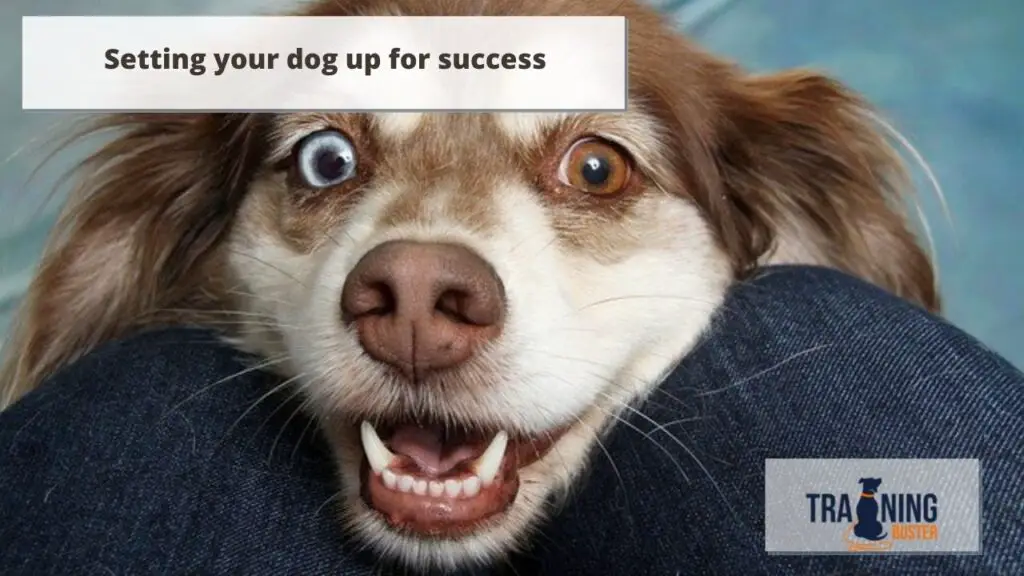
First, teach him to be confident and relaxed when you are home, but busy and unable to give him your attention:
- Make sure your dog has a comfy and cozy bed or covered den all of his own, away from the main thoroughfare of the house and distracting activities. Make sure he is never disturbed whenever he is in his bed. Here is my favorite.
- Encourage him to spend time in his bed when you are engaged in another activity, watching TV or cooking for example, by giving him a tasty chew or a food-releasing toy there. He’ll soon learn to enjoy these times when you are busy and can’t give him direct attention, and he’ll see his bed as a great place to be in by himself. This will help him to cope better when you’re not there at all.
- It’s normal for dogs to want to be with us, but teaching your dog not to follow you around the house is a good idea because it will help him not to rely on you being present all the time. If he does follow you, don’t speak to him, make eye contact or touch him. Don’t feel mean doing this, you’re just teaching him that following you everywhere is boring! This will help him when you actually have to leave him all alone.
- If your dog persists in following you, it’s important that you don’t tell him off or to “go away”. Even though you’re trying to discourage him you might make him anxious and confused so he might seek your attention even more! Remember to ignore unwanted behaviour and reward good behaviour.
Next, start teaching your dog to cope when you move a little further away:
It’s important to practice separation gradually and very slowly build up your dog’s tolerance for being on his own. Pick a time to practice when you and your dog are both calm and relaxed.
- You can use baby-gates across doorways to teach your dog that you can be at a distance from him without him having to worry. He’ll be able to see you, hear you and smell you but just not physically connect with you. Just before going through the baby-gate scatter some treats onto the floor for your dog to search for, or give him a toy, chew or food-releasing toy to play with by himself. He’ll be learning that being alone is okay because he’ll be having a good time! If you haven’t got a baby-gate don’t worry, just gently close the door, but be aware you’re completely going out of sight so this is a big step! Stay outside only for a very short time to begin with.
- Start with very short periods (e.g. just one minute to begin with) then gradually build up the length of time you are away from your dog, as long as he remains relaxed.
- Gradually increase the time before you return to the room. If your dog becomes worried or shows signs of anxiety, try staying closer to the gate if you are using one, or go back to leaving him for a shorter duration. If he cannot cope with this level of separation stop and contact a qualified behaviorist for guidance.
Preparing for success when you are leaving your dog alone at home
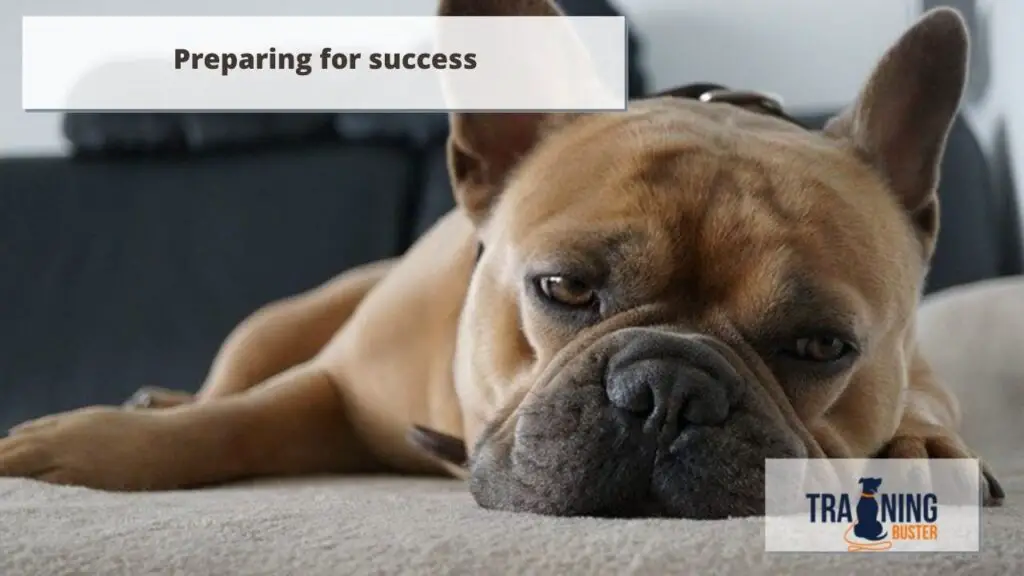
- Take your dog for a good walk and ensure he goes to the toilet before you leave. Remember to leave him with water and food if he hasn’t eaten already.
- Prepare your things beforehand so you can leave quickly and calmly without agitating your dog by rushing around stressed.
- Establish a leaving routine, use a special word (that you only use when you leave), for example “stay and be good”. Routine lets your dog know what happens next, and consistency helps your dog feel secure.
- Leave your dog with a food-releasing toy or something safe that is long-lasting and tasty to eat. Ideally, it should last at least 15 minutes and be as delicious and fun as possible, for example, a Kong toy stuffed with his dog biscuits or meat soaked in a little water, or ‘squeezy cheese’, frozen to make it last longer.
- Leave an old item of clothing that smells of you in your dog’s bed.
- Leave the TV or radio on to help muffle any external noises.
- Once he can cope alone, think about how long your dog can go between toilet breaks, and don’t leave him for longer than this period of time.
Don’t pay attention to your dog when leaving or arriving
Don’t make leaving or coming home of such importance to your dog.
Your dog should want to keep dozing in the sun as you exit to go off to work, not jump up and start to panic.
For dogs that are anxious about being alone, we need to put our own desires of wanting a happy greeting on our arrival home or snuggle on our departure aside and concentrate on building a calm and more independent dog.
To help your dog to be more independent, ignore him upon entering and leaving your house or the room your dog is in. You can save your hellos for later. For example, half an hour after returning you can get down on your knees and excite your dog as much as you want.
By putting time between when you come home and when you lavish attention on your dog, you will not create a huge contrast between the time your dog spent alone and when you walk through the door.
In my opinion, dogs are highly intelligent beings and are conscious of whether they are being looked at or not, in a similar way to how people are. Imagine you are looking through the window at someone on the street, and do not feel self-aware. Suddenly, the person on the street looks through the window and stares at you. This immediately makes you feel self-aware.
Now I do not know if this happens to dogs, but in my humble opinion, I feel it could be possible.
In theory, if your dog is sitting in a pen in a room, and if you walk around the room and pretend you cannot see your dog, your dog will be less anxious than if you make eye contact with your dog.
When working on separation training, pretend your dog is invisible.
Even when you go over to drop a treat into your dog’s pen, or let the dog out, try to pretend you cannot see the dog as you are doing it. Obviously do not always pretend you cannot see your dog. Just do it when you think looking at your dog will make him overly excited.
Separation anxiety in dogs
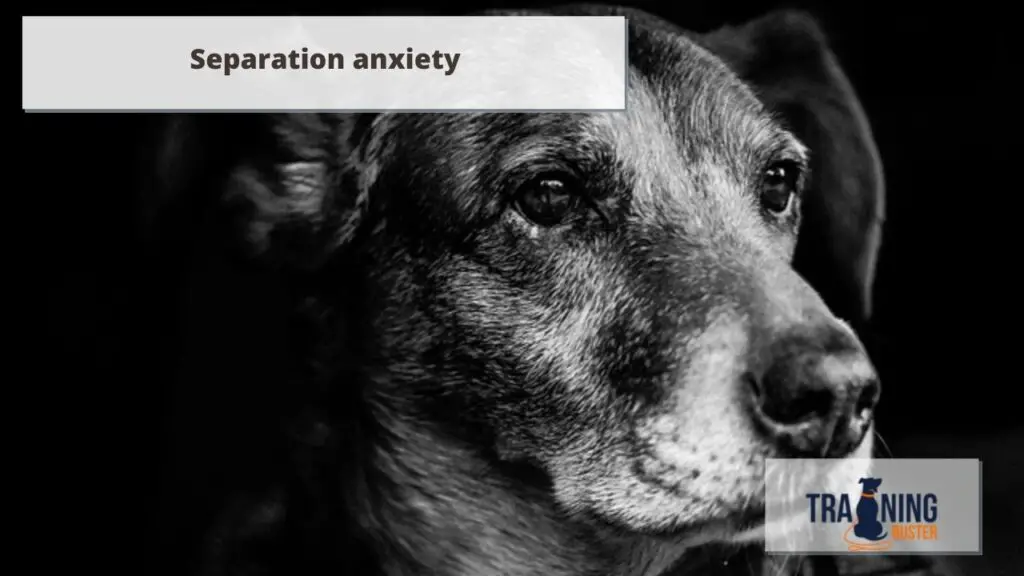
Don’t panic if someone tells you that your dog suffers from separation anxiety. It’s probably not the case.
Anxiety is a serious disorder and most dogs don’t have any anxiety when left alone.
They are either under-stimulated and burn their surplus energy by wrecking the furniture, they’re having fun and don’t know that it is wrong to destroy human possessions, or the owners have not taught them the desired routines when left home alone.
Maintaining your puppy’s confinement schedule when you are at home prepares your puppy to be calm when you are gone.
Allowing a young puppy unrestricted access to you when you are at home quickly encourages him to become overly dependent, and overdependence is the most common reason why dogs become anxious when left at home alone.
Try your best to teach your puppy to enjoy his own company, to develop self-confidence, and to stand on his own four paws. Once your puppy is confident and relaxed on his own, he may enjoy all of his time with you when you are at home.
When leaving your puppy for hourly sessions in his short-term confinement area (dog crate), make a point to check how he fares when left in another room.
For example, periodically confine your puppy to his crate in the dining room while you prepare food in the kitchen, then keep the pup in his crate in the kitchen while the family eats dinner in the dining room.
Most importantly, when you are at home, make certain to familiarize your puppy with his long-term confinement area (puppy playroom).
Confining your pup when you’re home enables you to monitor his behavior during confinement and check in on him at irregular intervals, quietly rewarding him for being quiet.
Thus your pup will not necessarily associate his confinement area with your absence, but rather he will learn to look forward to time spent in his playroom with his special toys.
Give your puppy plenty of toys whenever leaving him on his own.
Ideal chew toys are indestructible and hollow (such as Kong products or sterilized long bones), as they may be conveniently stuffed with kibble and occasional treats which periodically fall out and reward the pup for chewing his toy. If your puppy is gainfully occupied with his chew toy, he will fret less over your absence.
Additionally, leave a radio playing. The sound will provide white noise to mask outside disturbances. The sound of a radio is also reassuring since it is normally associated with your presence.
When leaving home
Make sure to stuff a number of chew toys with kibble and treats. Make sure to stuff a piece of freeze-dried liver into the tiny hole of each Kong, or deep into the marrow cavity of each bone.
Place the tastily stuffed chew toys in your puppy’s long-term confinement area and shut the door…with your puppy on the outside!
When your puppy begs you to open the door, let him in and shut the door, turn on the radio or television, and leave quietly. Your puppy’s chewing will be regularly reinforced by each piece of kibble which falls out of the chew toy.
Your puppy will continue to chew in an attempt to extract the freeze-dried liver. Eventually your puppy will fall asleep.
When returning home
Do not acknowledge your puppy’s presence with praise or petting until he retrieves a chew toy. Once he brings you a chew toy, use a pen or pencil to push out the piece of freeze-dried liver which your puppy has been unable to extract. This will impress your puppy to no end.
Dogs are crepuscular and quite happy to sleep all day and all night. They have two activity peaks, at dawn and dusk. Thus, most chewing and barking activity is likely to occur right after you leave your pup in the morning and just before you return in the evening.
Leaving your puppy with freshly stuffed chew toys and offering the unextracted treats when you return prompts your puppy to seek out his chew toys at times of peak activity.
Jekyll-and-Hyde behavior
Smothering your puppy with attention and affection when you are home primes the pup to really miss you when you are gone. A Jekyll-and-Hyde environment (lots of attention when you are there, and none when you are gone) quickly creates a Jeckyll-and-Hyde puppy that is completely confident when you are there, but falls apart and panics when you are gone.
If you allow your puppy to become dependent upon your presence, he will be anxious in your absence. Canine anxiety is bad news for you and bad news for your pup. When stressed, dogs are more likely to indulge in bad habits, such as house soiling, chewing, digging, and barking. Being anxious is also decidedly unpleasant for your dog.
During your puppy’s first few weeks at home, frequent confinement with stuffed chew toys is essential for your pup to develop confidence and independence.
Once your puppy is quite happy busying himself with his chew toys whenever left alone, you may safely allow your now well-behaved and confident pup to enjoy as much time with you as he likes, without the fear that he will become anxious in your absence.
Is it really separation anxiety?
Most doggy “disobedience” and wanton house destruction occurring in the owner’s absence has nothing to do with separation anxiety.
In fact, separation relief might be a more precise and descriptive term. The dog chews, digs, barks, and soils the house only when the owner is absent because he has learned it would be foolhardy to indulge in these pastimes when the owner is present.
Owner-absent misbehavior is an indication that the owner has tried to suppress normal and natural dog behaviors with punishment, rather than teaching the dog how to behave-namely, how to express his basic doggy desires in an acceptable fashion.
Often the term separation anxiety is an excuse for a dog who is simply not yet housetrained or chew toy-trained.
Things you can do to train your dog
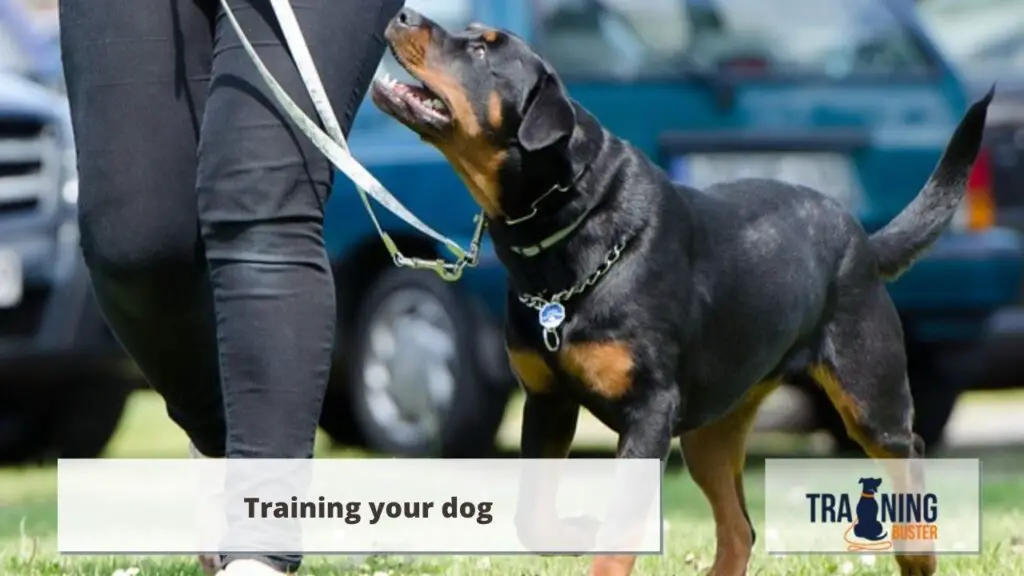
- Do not punish your dog for what he did. The first normal reaction a tired person coming home from work (and even a very rested and positive person!) would be tempted to have is anger. You might want to yell at the dog or punish him for all the mess he has caused in the house. So, here is my advice: please control yourself. No matter how upset you may be, punishing your dog will not only be useless because he won’t remember why he is being punished but is also very likely to aggravate the problem.
- Acknowledge that this is a real problem to the dog as well. Your dog is not faking it: He really misses you and he is bored in your absence. So he tries whatever he can to get your attention; and it works! So, knowing that your dog is suffering from a real disorder might help you control your temper when he misbehaves.
- Leave your dog alone while you are home. This teaches the dog to enjoy being alone while it is not associated only with you leaving the house. You can use baby gates and pens to keep your dog in one part of the house while you are in another. You can give your dog food puzzles, chews, and hide treats for your dog to find while you are in another part of the house to make the alone time highly reinforcing.
- Never let your dog know if you are home or not when leaving your dog alone. If you have a severely anxious dog, you can keep your dog in one part of the house and play music outside the room so your dog cannot focus on the sounds you make and deduce from them whether you are home or not. In conjunction with this, you can also repeatedly open and close doors loudly and go in and out of the front door so that your dog never knows whether you are in the house or not.
- Leave your dog when your dog has just settled. It’s a good idea to let your dog settle down before you leave your dog, if you are still working on separation training. If you take your dog out to pee, do a training session, or play with him just before you leave the house, it could actually cause your dog to be more stressed when you leave him. This is because there becomes a huge contrast between what it’s like when you are home and when you are gone. Instead, wait a couple minutes for your dog to settle down before leaving.
- Make sure to give your dog enough mental and physical exercise. Dogs sleep most of the day. If you give your dog mental and physical stimulation before you leave for work, the dog will be more likely to want to sleep during the time that you are away. When a dog doesn’t get enough exercise, the dog will be more likely to be awake and looking for things to do in your absence.
- Experiment with what makes your dog feel more comfortable. For some dogs, less room to roam when home alone makes them more comfortable, while others feel more comfortable with more space. Some dogs find the TV or radio on soothing, while others find it more stressful. You can also experiment with using a Dog Appeasing Pheromone collar or spray, as well as other herbal remedies. I have seen natural remedies have both extreme effects as well as what seems like no effect whatsoever.
- Spy on your dog or Skype your dog using modern technology while your dog is “alone” for the first time with free range to your stuff. Even if your dog might learn that he can make you “come back” that one time you rush in, it will stop the dog from practicing and finding destructive behavior like destroying your $5,000 couch reinforcing in your absence. It’s easier to go back a step in your separation training plan, but not so easy to teach your dog not to eat your house when you are not around to stop him.
- Do not let the dog sleep in your room. He has to understand step by step (and it can be a long process, so please be patient) that he cannot be with you 24 / 7. Train him to sleep in a different room. Make sure he is comfortable (give him a blanket, a basket, toys) When you are about to go to bed, set him in that room, stay with him a little bit and leave. Now, here is the hardest part: if he whines, barks, cries, or all of the above, do not come back. Be firm. Be determined. He needs to understand that you too have a life and though you love him very much, your life does not necessarily revolves around his whims.
- Try medication for severe anxiety. If you have a severely anxious dog and you have tried everything you possibly can, visit your vet to see if your dog might benefit from medication. The point of giving the medication would be to get your dog calm enough to train your dog and then wean the dog off the medication as soon as possible.
Important things to remember
- Be calm no matter what you do.
- Advance step by step.
- Be patient.
- Control your emotions and behavior when you succeed as well as when you fail.
- If you haven’t anything important to say to the dog, be quiet.
- If this explanatory guide still doesn’t seem to solve the problem, it may be that your dog shows genuine separation anxiety in which case you must contact a competent specialist.
Enjoy training your dog and remember that you train your dog primarily for the dog’s sake, not yours!
Related questions
My dog becomes very restless when I leave him alone. I don’t know how to react to his behavior. How do I tackle this?
This kind of disorder can take a while to fade away. But be positive. Rejoice over any improvement. And quite honestly, there are many people out there who successfully trained their dogs to be independent enough when they are not home. So, lock your shoes in your bedroom, hide the trash can and buy second-hand furniture in the meantime!
My pup gets very anxious when I leave him alone and starts barking. How do I train him to control his behavior?
Leave your puppy in a room with either the radio or the TV on. Engage the pup with a chew toy or some toy. Then leave the room for about 1 minute. Come back in and praise the dog by saying “Yes” or “Good” and giving her/him a treat.
After this, start repeating the process but make the time period of leaving your puppy alone longer. After it has been about 15 minutes, go into your bedroom or another room with the door shut (make sure your puppy is in a different room). Then occupy yourself with a book, your phone, etc.
Make the time period much longer, around 20-30 minutes. If your puppy hasn’t barked or done anything bad, give your puppy two treats and praise it even more.
If your pup has barked or done something wrong, go into the room and calmly say “No.” And repeat the process but using a smaller time period, such as 10-15 minutes.
If your puppy continues to bark or do something wrong, shorten down the time more and more until he understands how you want him to behave.

